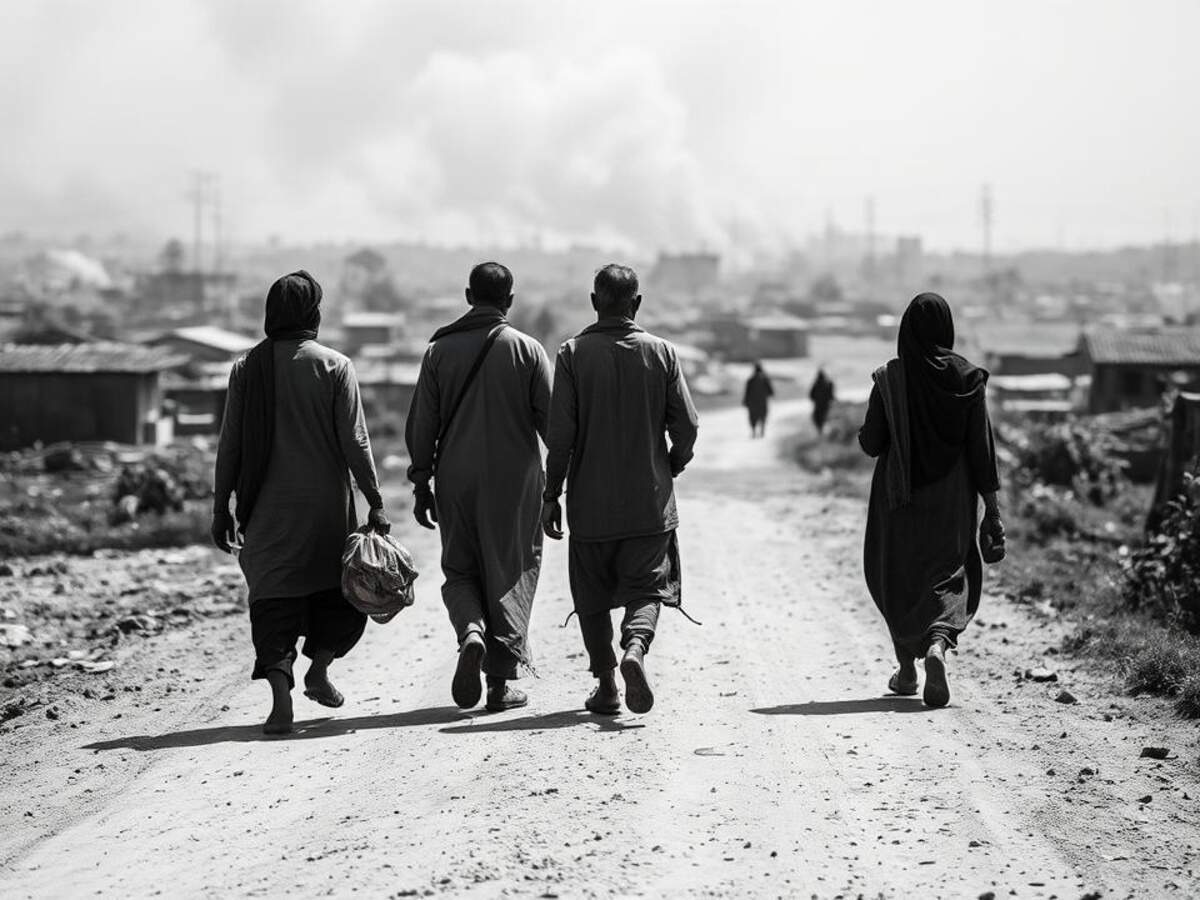Now Reading: How Partition Shaped India’s Global Diaspora
-
01
How Partition Shaped India’s Global Diaspora
How Partition Shaped India’s Global Diaspora

Fast Summary
- Following the Partition of British India in 1947, approximately 15 million people were displaced, with around one million dying in communal violence.
- The newly created nations of Muslim-majority Pakistan and hindu-majority India forced many communities to migrate; among them were Hindu Sindhi merchants who left their ancestral homes en masse.
- The Sindhi diaspora emerged as a prominent entrepreneurial community worldwide, contributing considerably to industries ranging from hospitality to media and real estate.
- Successful business families such as the Hiranandanis (Singapore) and Punjabi-led MD Pictures (Indonesia) trace their roots back to this migration.
- pre-dating Partition, some families like the Harilelas left Sindh in the early 20th century due to economic factors rather than political upheaval but faced similar challenges of rebuilding abroad.
- Migration advocates argue that refugees can drive economic growth by creating jobs through entrepreneurship – OECD notes a migrant workforce can amplify job creation significantly over time.
- Broader global debates about immigration today weigh the integration challenges versus the economic potential migrants bring.
indian Opinion Analysis
The story of Hindu sindhis after Partition exemplifies resilience amidst adversity, showcasing how displacement can result in transformative contributions under favorable conditions abroad.Their trajectory demonstrates both the individual cost of forced migrations – fractured histories and personal trauma – and its larger implications for host societies willing to integrate displaced populations positively.
for India, it prompts reflection on two key fronts: First is ancient accountability regarding mass migrations during crucial national transitions like Partition; second is contemporary policy thinking on migration, entrepreneurship promotion, and diasporic partnerships’ potential for cross-border economic advancements.
Without diminishing today’s social complexities around migration globally or domestically within India itself – where immigrants often face cultural resistance or socio-economic barriers – examples like these affirm that inclusive policies do not only benefit migrants but also foster shared progress at large scale.
























